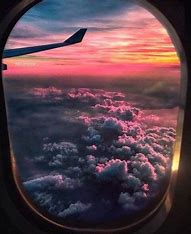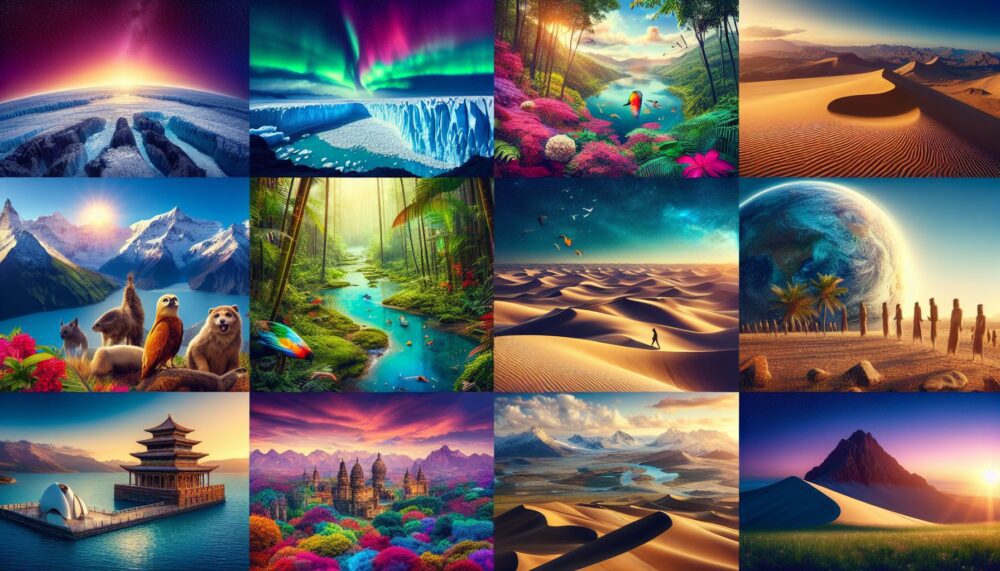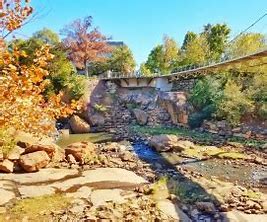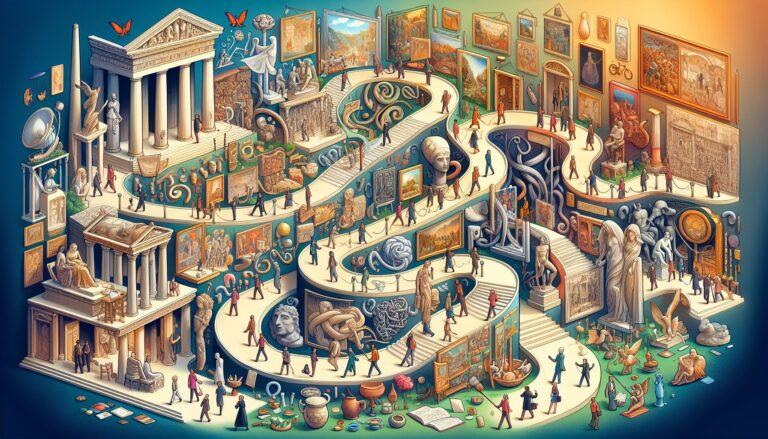Artistic Vistas: Traverse the Aesthetics of the World Through Travel


At first glance, Venice, Paris, or New York might be the go-to metropolis for those with an artistic inclination. Still, we urge you to step off the beaten track and unlock the treasures that quietly nestle beyond the spotlight – places where art doesn’t just adorn the walls but resonates within the souls of inhabitants and narrates their culture’s timeless tales.
Visual art has a way of binding people together, narrating stories sketched in colours and shapes enduring the passage of time. In the intricately painted Bo Kaap houses of Cape Town, one could learn about the Cape Malay community’s resilience and vibrant culture reflected in their playful use of striking hues. In Valparaiso’s hilly cosmopolis, every corner of this maze-like city is a canvas. Using the architectural absurdity of their abodes, the inhabitants have transformed their city into an immersive museum that mirrors the ebb and flow of societal change.
Even within nature, artistic expressions find a canvas. A visit to the Pinnacles Desert in Western Australia offers a peek into Nature’s artistic impulses through its eerie limestone columns, vintage reminders of rich marine life from eons ago. Likewise, traversing the arid landscapes of Maranhão in Brazil offers an encounter with the Lençóis Maranhenses National Park, where sweeping white dunes and intense blue lagoons create a volatile canvas painted by Nature herself.
Unsurprisingly, the architecture — an art form visible to the naked eye — is akin to a showreel playing the chronicles of a region’s historical, cultural, and social journey. Delve into the Hassan II Mosque in Morocco or visit the vibrant city of Guanajuato in Mexico, displaying an ensemble of Gothic, Baroque, and Neoclassical styles. Historic synagogues intricately disguised within the Trancoso’s Quadrado in Brazil reflect the Jewish community’s clandestine presence and lend an extraordinary aesthetic appeal to the landscape.
Wrapping up one’s travel with immersive detours into local craft spaces—pottery hubs, weaving centres, metalwork studios—divulge the heartbeat of a place and its people. Khayamiya Street in Egypt hums with the sound of artisans engrossed in creating Khedival textiles, a traditional form of Egyptian Appliqué Art. In Bhutan’s Thimphu, observing skilled artisans meticulously carving beautiful masks for the local dance festival unveils the cultural ethos and stories embedded in dance and drama.
If travel is the best form of education, then art is undoubtedly its most vivid and articulate tutor. Whether taking an immersive walk through a culturally rich neighbourhood, understanding a destination’s history by gazing upon its architecture, or experiencing the thrill of watching a craftsman bring raw material to life, art offers a stunning lens to perceive our world. In its infinite expressions—ranging from grand murals to minute handicrafts—the majesty of art lies in its ability to capture the human spirit and project its vibrancy onto the canvas of the world.
By discovering offbeat, art-rich locations across the globe, we’re not just engaging in tourism but participating in an intricate dance of learning and empathy. Through the acumen of artisans and the artistic heritage of cultures, we can begin to comprehend a place’s soul and learn to appreciate the rich tapestry of human experience it offers. In the end, venturing on an artistic journey is about experiencing the world and its myriad cultures, one brushstroke at a time.





